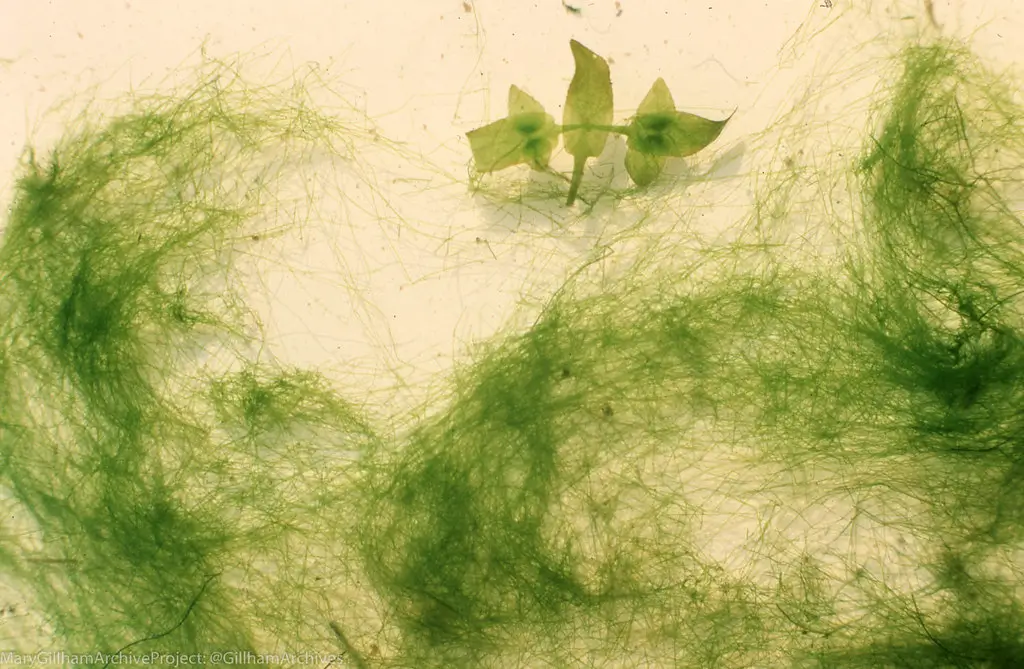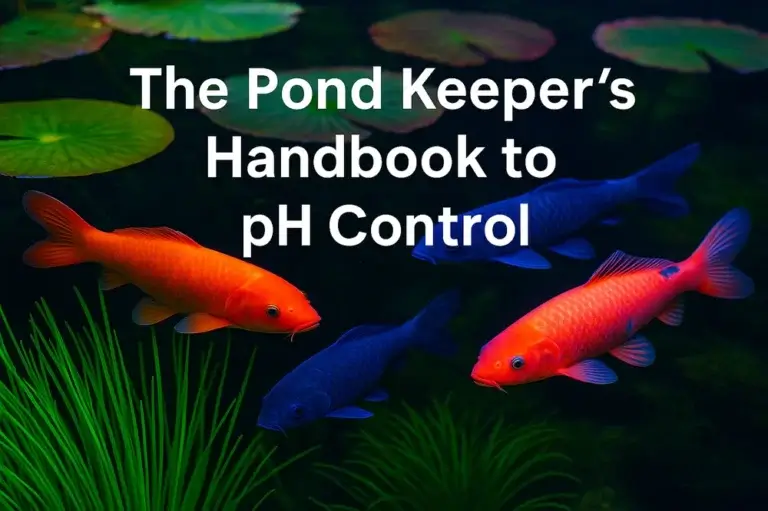Understanding Blanket Weed in Your Pond: Causes, Mistakes, and Solutions
Blanket weed, a persistent and troublesome form of algae, can quickly transform a clear, vibrant pond into a murky, green mess. While various factors contribute to its growth, certain common mistakes can exacerbate the problem. Let’s explore the reasons behind blanket weed proliferation in ponds and highlight some crucial errors to avoid for maintaining a healthy aquatic environment.
Why Blanket Weed Thrives
1. Excess Nutrients: The primary culprit behind blanket weed blooms is an abundance of nutrients in the pond water, especially nitrates and phosphates, which algae feast on. These can originate from fish waste, decomposing plants, and external runoff.
2. Ample Sunlight: Blanket weed flourishes in bright conditions. Ponds exposed to full sunlight without adequate shade are particularly vulnerable.
3. Inadequate Filtration: A lack of effective filtration leaves excess nutrients and organic matter in the water, providing a fertile ground for blanket weed.
4. Insufficient Aquatic Plants: A pond lacking in diverse aquatic vegetation fails to compete with algae for nutrients, leaving more available for blanket weed growth.
5. Water Chemistry Imbalances: Imbalances in pH levels and high carbonate hardness in pond water can also encourage the proliferation of blanket weed.

Common Mistakes Leading to Blanket Weed Bloom
1. Not Dechlorinating Tap Water: When adding fresh tap water to ponds, it’s essential to dechlorinate it first. Chlorine and chloramines in tap water can kill beneficial bacteria responsible for breaking down organic matter and controlling nutrients. This disruption can lead to an increase in nutrient levels, fueling blanket weed growth.
2. Cleaning Filters with Tap Water: Another critical mistake is cleaning pond filters with tap water. The chlorine can eliminate the beneficial bacteria colonies within the filter media, reducing the filter’s efficiency in processing waste. Without these bacteria, nutrient levels rise, creating an ideal environment for blanket weed.
Related Articles:
- Can I Fill My Pond With A Hosepipe? Here’s What you didn’t know!
- Do I Need a Filter on My Pond? Everything You Need To Know!
- Dechlorination, Why Is It Essential?
Strategies to Combat Blanket Weed
• Improve Water Quality: Regularly test and adjust your pond’s water chemistry to ensure it’s within the ideal range for aquatic life but not conducive to algae growth.
• Enhance Filtration: Ensure your pond’s filtration system is adequate for its size and bioload. Regular maintenance should involve gently rinsing filter media in pond water to preserve beneficial bacteria.
• Control Nutrient Levels: Reduce fish feeding, remove debris, and limit fertiliser runoff into the pond. Introducing more aquatic plants can also help absorb excess nutrients.
• Utilise Natural Remedies: Barley straw, when decomposed underwater, releases compounds that can inhibit algae growth without harming pond life.
• Consider UV Clarifiers: For severe algae problems, UV clarifiers can be effective by killing algae as water passes through the UV light.








